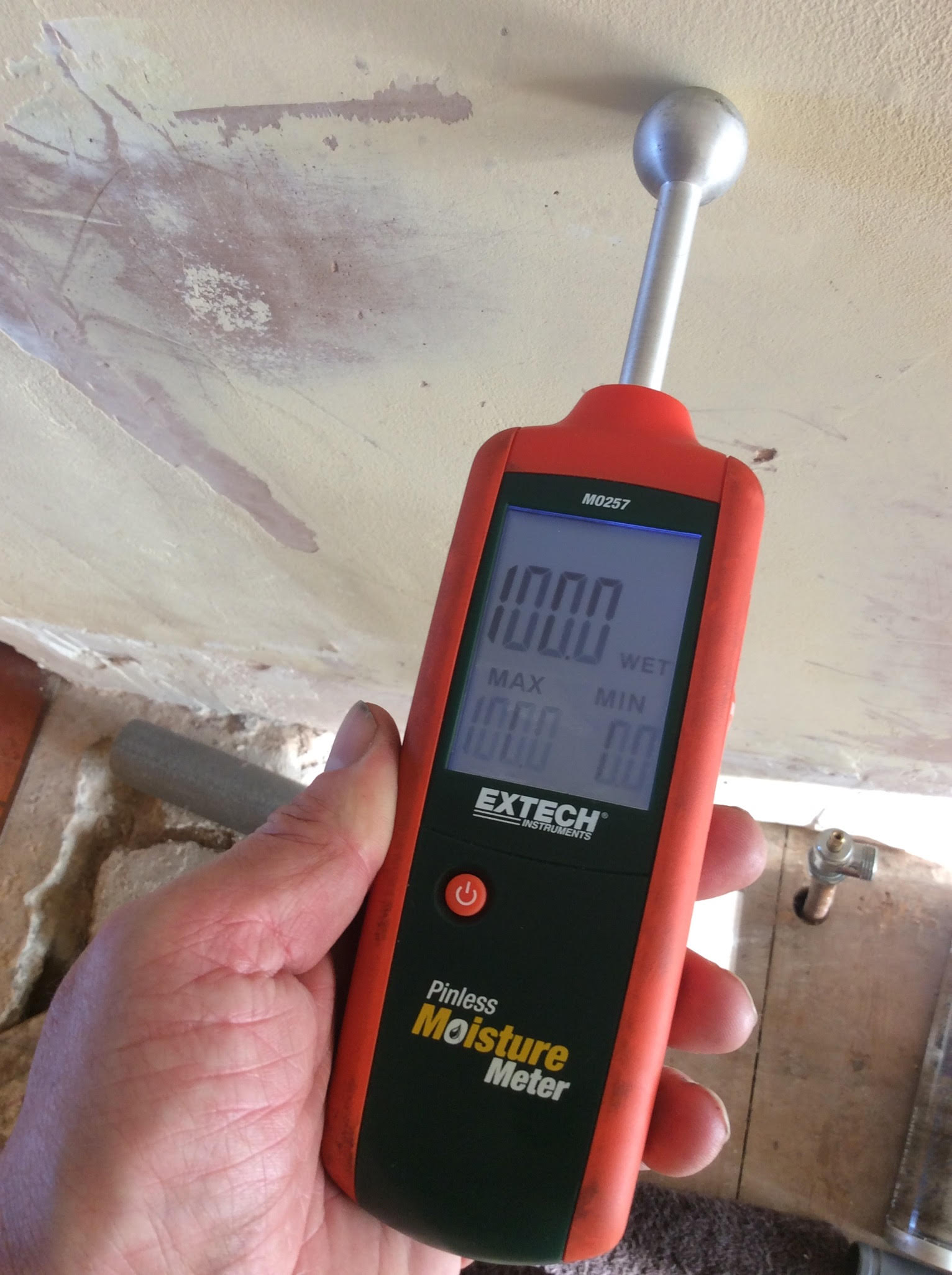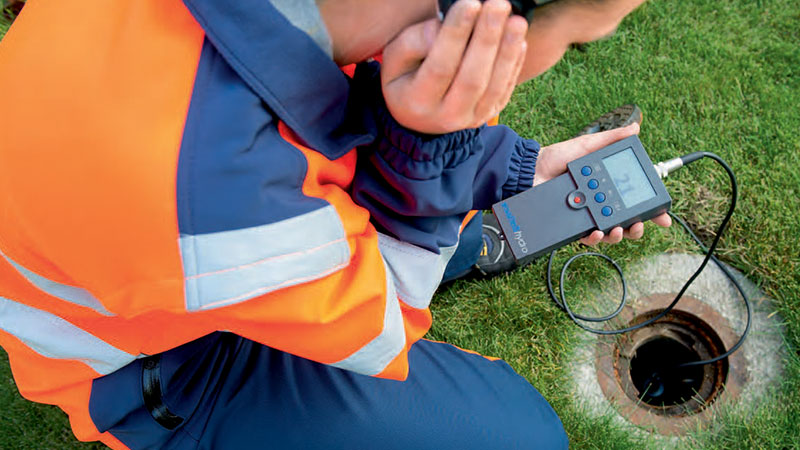Cutting-edge Solutions for Very Early Detection of Water Leakages in Structures and Infrastructure
As the honesty of buildings and infrastructure is extremely important, the obstacle of very early detection of water leakages has spurred ingenious services that assure to reinvent the way we guard against possible problems. From innovative leakage discovery technologies to the deployment of IoT sensing units for real-time tracking, the landscape of leakage prevention is advancing swiftly. Artificial intelligence algorithms provide a glance into the future of leakage forecast, while thermal imaging presents a non-intrusive technique for identifying hidden leaks. Automated water circulation evaluation systems are improving how leaks are determined and resolved, leading the way for a proactive technique to water leak discovery. Each of these options holds the vital to making certain the reliability and long life of our developed atmosphere, motivating a change towards a more sustainable and effective future.
Advanced Leakage Discovery Technologies
Advanced leak discovery modern technologies, furnished with advanced sensors and formulas, play an important role in swiftly identifying and determining water leakages in numerous settings. Electro-magnetic sensing units can recognize adjustments in electro-magnetic fields triggered by water, using yet another layer of leak discovery capacity.

IoT Sensors for Real-Time Surveillance
In the realm of modern-day water leakage detection, the assimilation of IoT sensing units for real-time surveillance represents a crucial improvement in boosting proactive leak detection abilities. These sensing units supply continuous surveillance of water systems, giving real-time information on water flow prices, pressure variations, and temperature modifications. By leveraging IoT innovation, these sensors can discover even the smallest anomalies in water use patterns, enabling very early recognition of prospective leaks before they rise into major concerns.
IoT sensing units send information to a centralized platform, where advanced algorithms analyze the information and generate signals or notifications when abnormalities are spotted. This real-time monitoring capability allows residential property owners or facility managers to quickly deal with leaks, minimizing water damage, lowering fixing prices, and conserving water sources.
Additionally, IoT sensors can be incorporated with structure administration systems, enabling for automated responses to detected leaks, such as turning off water shutoffs or turning on pumps to alleviate the impact of leakages. On the whole, the execution of IoT sensors for real-time surveillance substantially improves the efficiency and performance of water leak detection in structures and framework.
Maker Discovering Algorithms for Leakage Prediction

One key advantage of using artificial intelligence for leak prediction is its ability to continually discover and improve its accuracy with time. As more data is accumulated and fed into the formula, it can improve its predictions and adjust to transforming problems, inevitably enhancing the reliability of leak discovery systems.
Additionally, equipment understanding formulas can help in identifying refined signs of leakages that may go undetected by conventional monitoring techniques. water leak detection. By analyzing complex information collections in real-time, these formulas can offer early cautions and alerts, allowing for prompt treatment and you could try these out preventive upkeep to alleviate prospective water damages and linked prices
Using Thermal Imaging for Leakage Detection
Thermal imaging innovation provides an appealing technique for identifying water leaks in different systems and facilities. By making use of infrared radiation and temperature level differences, thermal imaging cameras can recognize hidden leaks that are not quickly noticeable to the naked eye.
One of the essential advantages of thermal imaging for leakage discovery is its non-intrusive nature. Overall, the usage of thermal imaging innovation enhances the performance and precision of water leak detection, making it a useful tool for maintaining the stability of buildings and infrastructures.
Automated Water Circulation Analysis Systems
How can computerized water flow evaluation systems transform the discovery and administration of leaks in various systems and facilities? Automated water circulation analysis systems supply a positive approach to leakage detection by constantly keeping an eye on water flow rates and patterns. By establishing standard information, these systems can rapidly identify variances that may show a leakage, enabling timely treatment to avoid considerable damages.
These systems use advanced algorithms to evaluate real-time information and offer immediate informs when anomalies are found, permitting speedy action to be taken. read Furthermore, automatic water circulation analysis systems can be incorporated with structure management systems or IoT platforms, improving total efficiency and making it possible for remote tracking capabilities.
Additionally, the data gathered by these systems can be utilized for predictive maintenance purposes, helping to recognize possible weak factors in the framework prior to leaks take place. Generally, the implementation of automated water flow evaluation systems can significantly improve leakage discovery and monitoring techniques, ultimately leading to cost financial savings, lowered water wastefulness, and increased sustainability in structures and framework.

Verdict
Finally, the combination of innovative leakage discovery innovations, IoT sensing units, artificial intelligence formulas, thermal imaging, and computerized water circulation evaluation systems offers innovative solutions for early detection of water leaks in structures and infrastructure. These modern technologies enable real-time tracking, prediction of leaks, and efficient detection methods to stop learn this here now water damage and waste. Implementing these options can help in maintaining the honesty and sustainability of water systems in different setups.